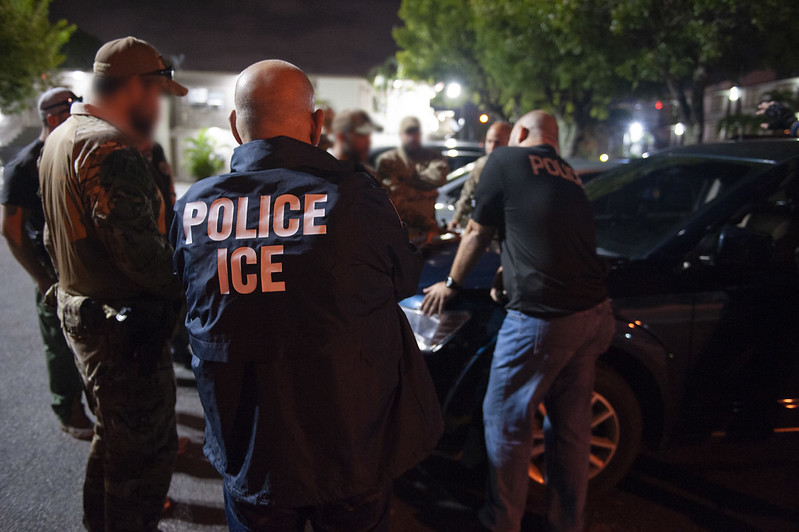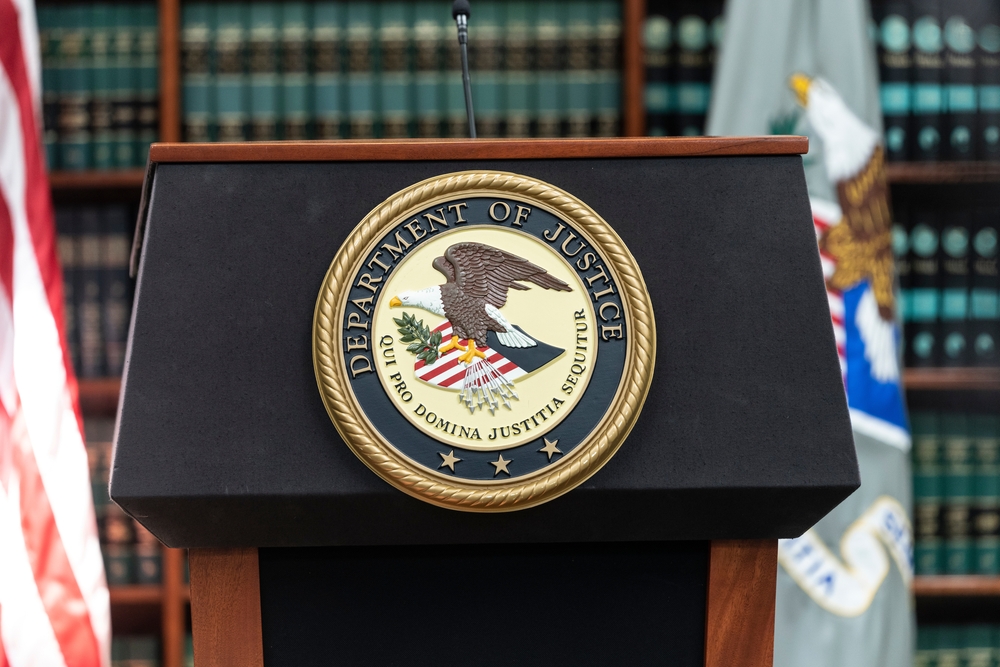
FBI director Robert Mueller III is up on the Hill today to explain the anthrax case against scientist Bruce E. Ivins, who committed suicide before any charges were filed. The case relies heavily on circumstantial evidence, which has created a stew of critics.
By Carrie Johnson
Washington Post Staff Writer
WASHINGTON — The strength of the government’s evidence against Bruce E. Ivins, who died before prosecutors publicly labeled him the lone culprit in the 2001 anthrax-by-mail attacks, will be tested anew today when FBI Director Robert S. Mueller III appears before the House Judiciary Committee.
Authorities have released scores of pages from search warrants that they executed in an attempt to link Ivins, a bioweapons researcher at the Army lab at Fort Detrick, Md., to poison-laced letters that killed five people and sickened 17.




